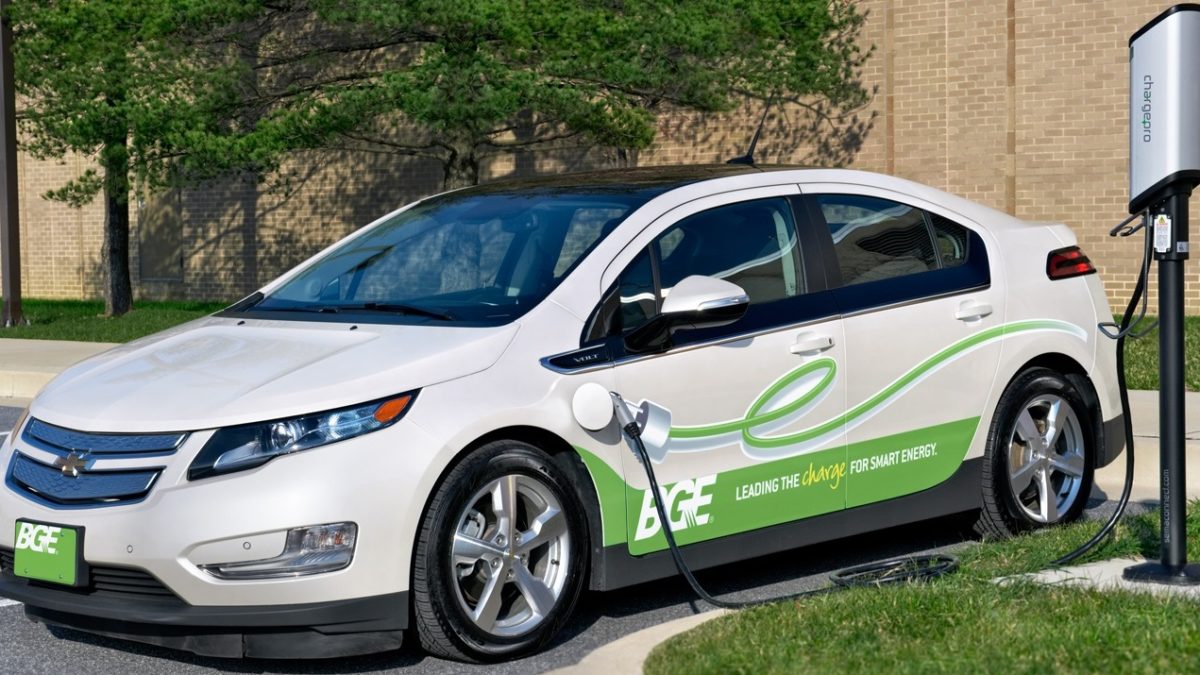The State of Maryland set a goal to have 300,000 zero-emissions vehicles (ZEV) on the road by 2025. This would lead to a huge and positive impact on air quality and the health of the Chesapeake Bay.
Share
Story Topics
The State of Maryland set a goal to have 300,000 zero-emissions vehicles (ZEV) on the road by 2025. Why so many?
Electric vehicles (EVs), the most commonly available ZEVs, can drastically reduce the amount of pollution from transportation. Even plug-in hybrids use less gasoline per mile and produce less tailpipe emissions than conventional cars. This would lead to a huge and positive impact on air quality and the health of Chesapeake Bay.
So in addition to saving drivers money and supporting energy independence, choosing to drive an EV can help Maryland meet its air quality and Healthy Chesapeake Bay goals.
EVs create less air pollution than conventional vehicles since they don’t burn gasoline or diesel fuel.

Even when construction costs and emissions from power plants are taken into consideration, EVs contribute significantly less greenhouse gases to the environment than traditional gas-fueled cars.
With Marylanders driving about 135 million miles every day, it’s clear that EVs can make a huge difference in air quality.
But reduced emissions can also improve the health of waterways. In Maryland, about one quarter of the Chesapeake Bay’s nitrogen pollution problem is attributed to air pollution, mostly from vehicles. Excess nitrogen can cause algae blooms, which can create low-oxygen dead zones that suffocate marine life.
Reduce the amount of nitrogen, and we get a healthier Bay!
At BGE, we believe that utilities can help advance the adoption of EVs, which is another way that we can help protect the environment while helping to move smart energy forward.

